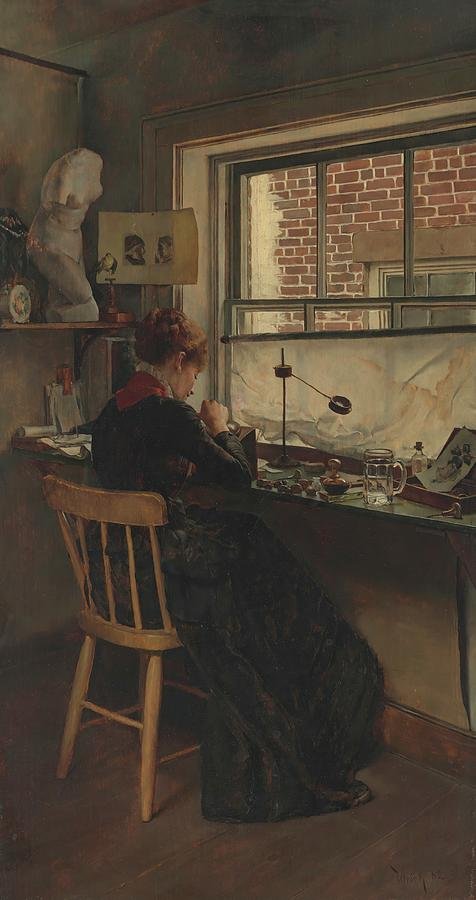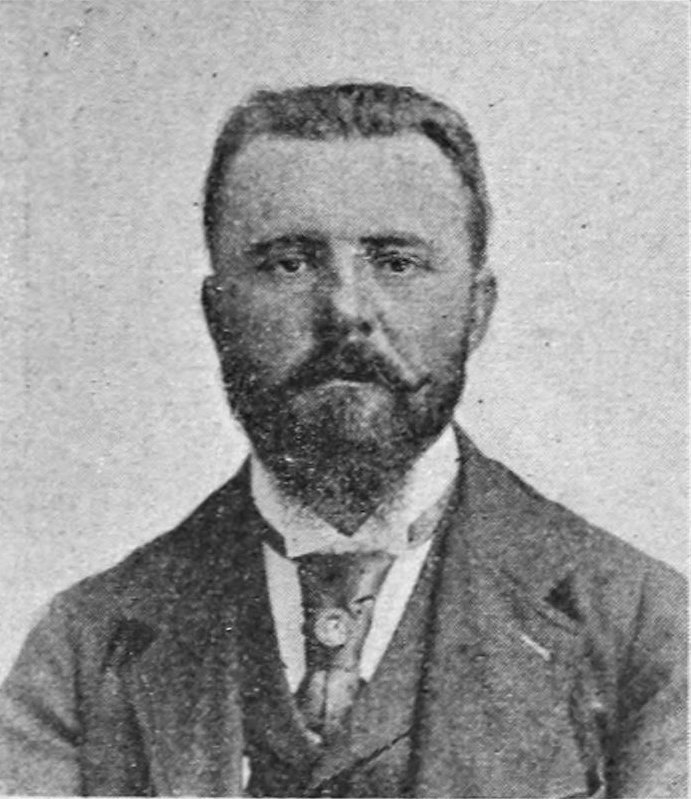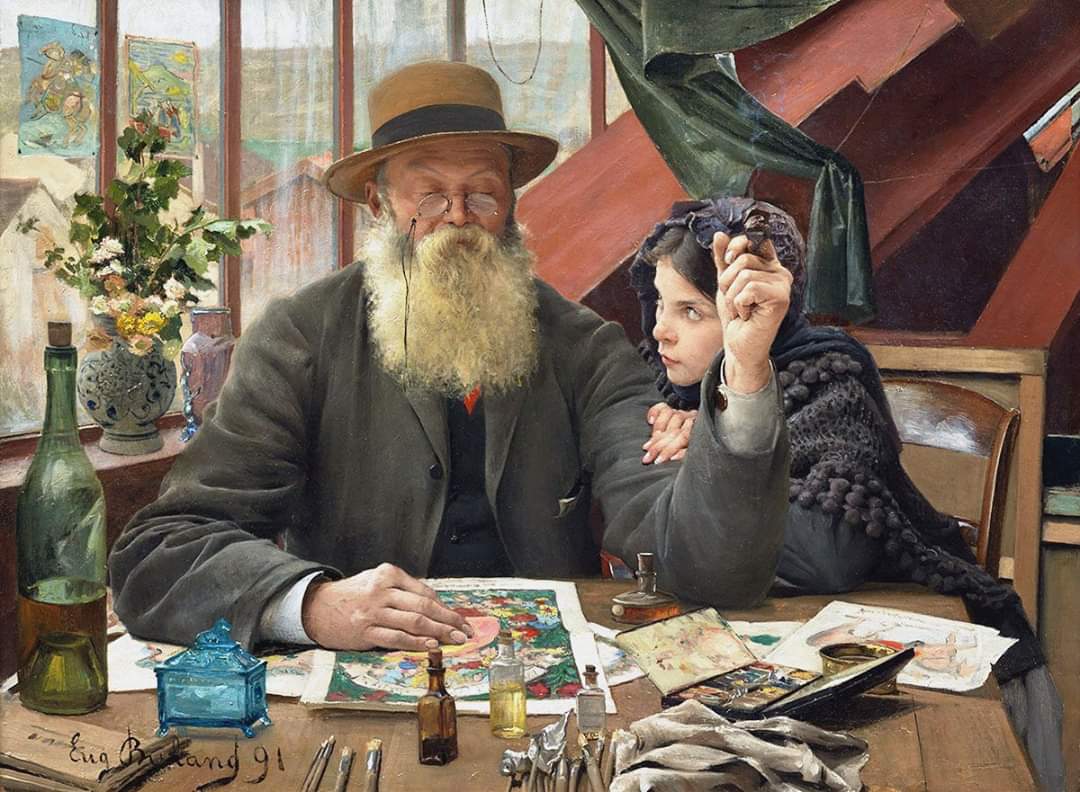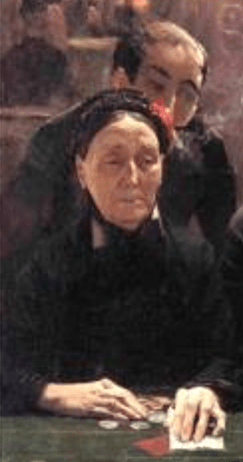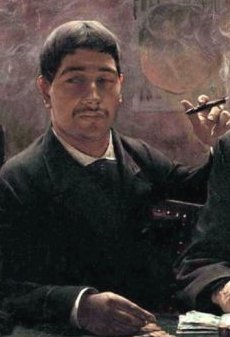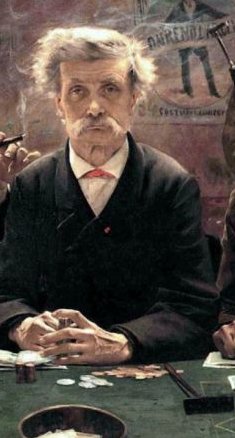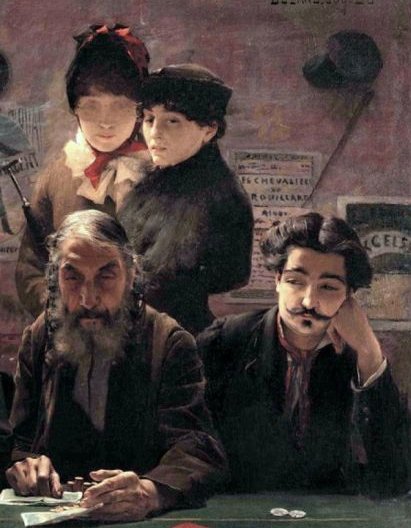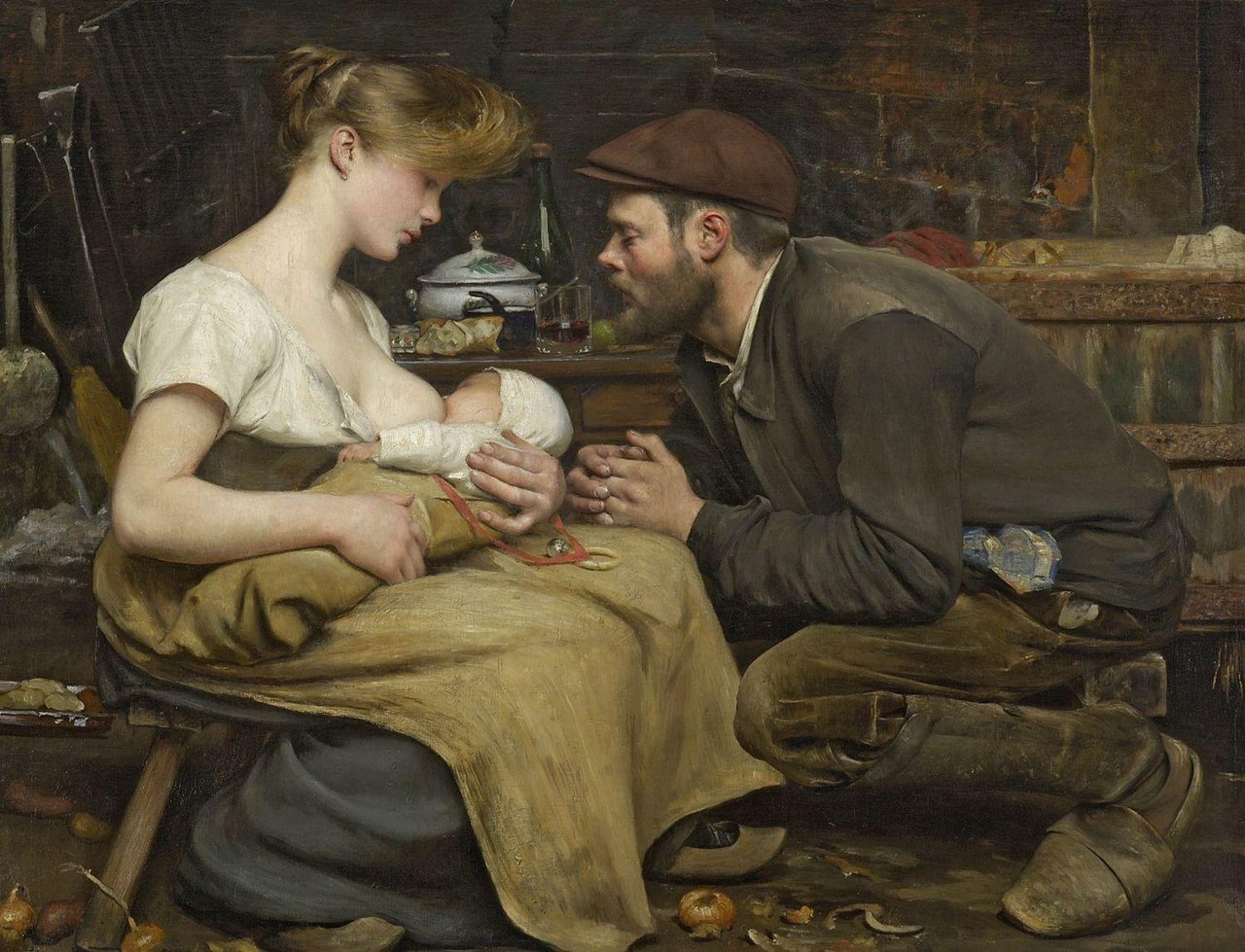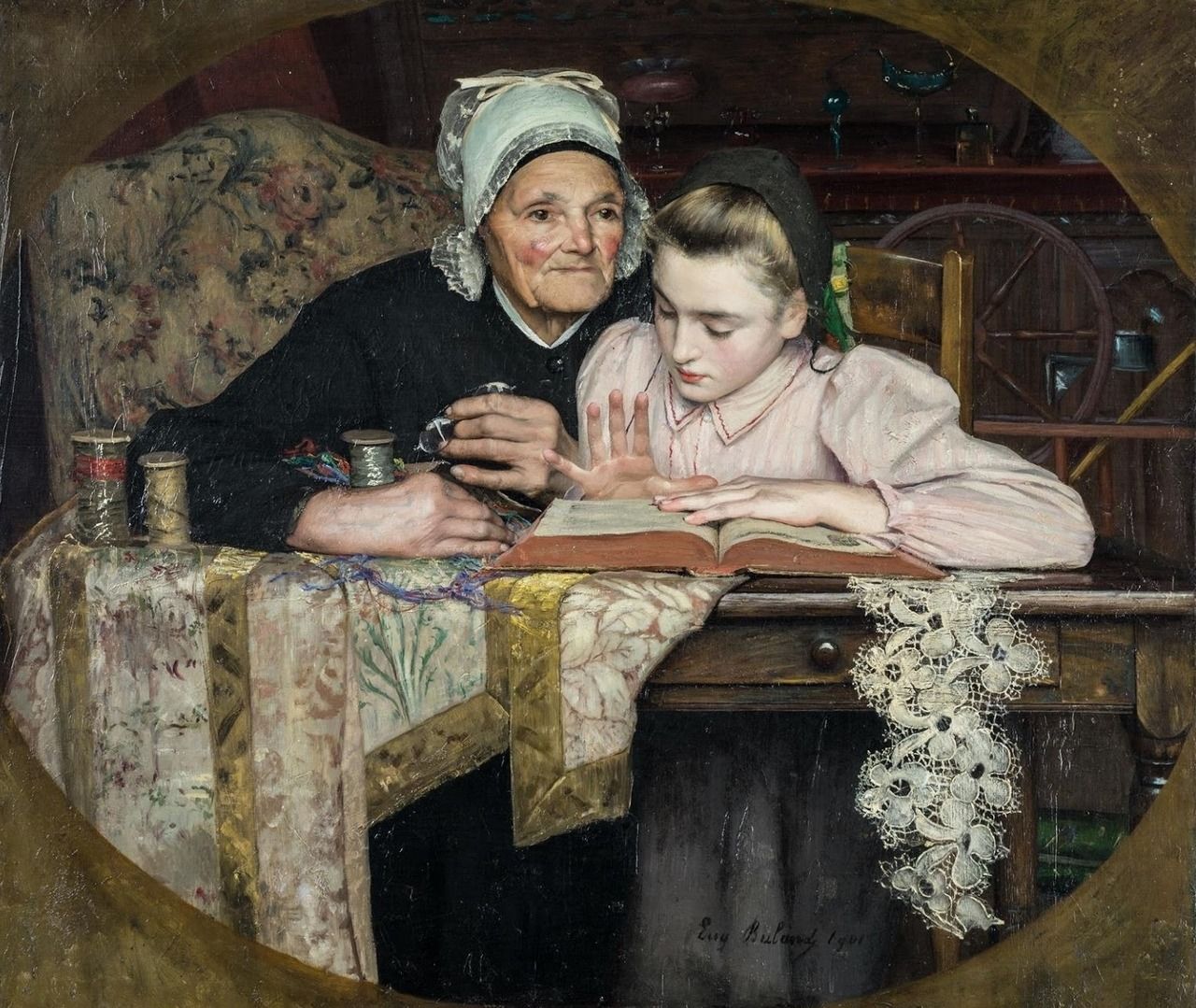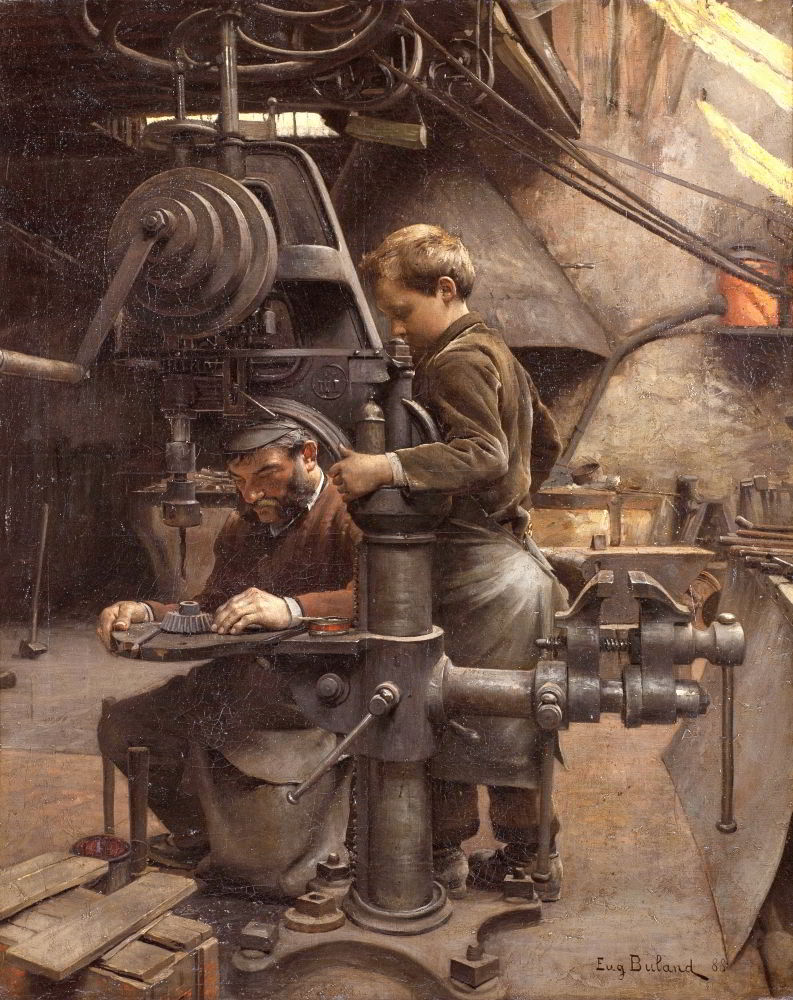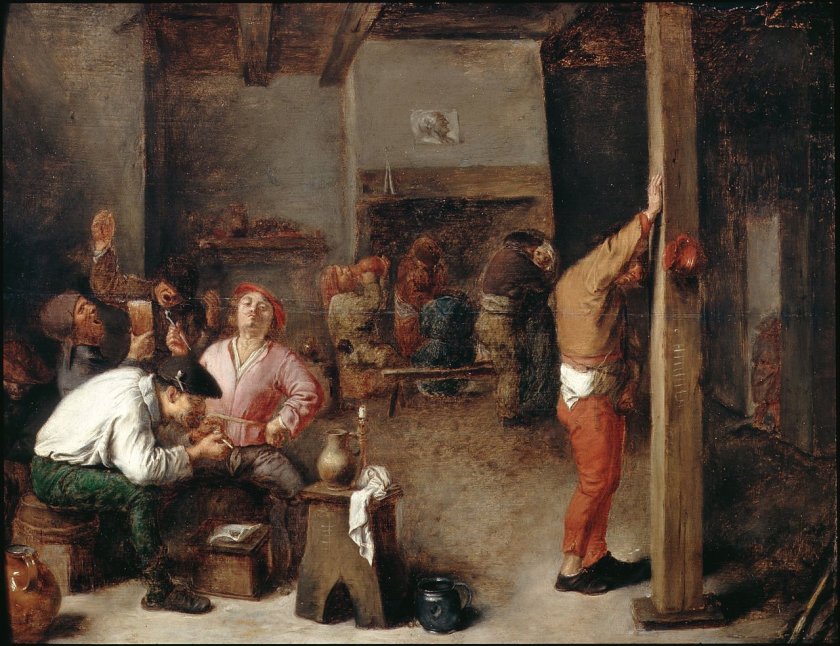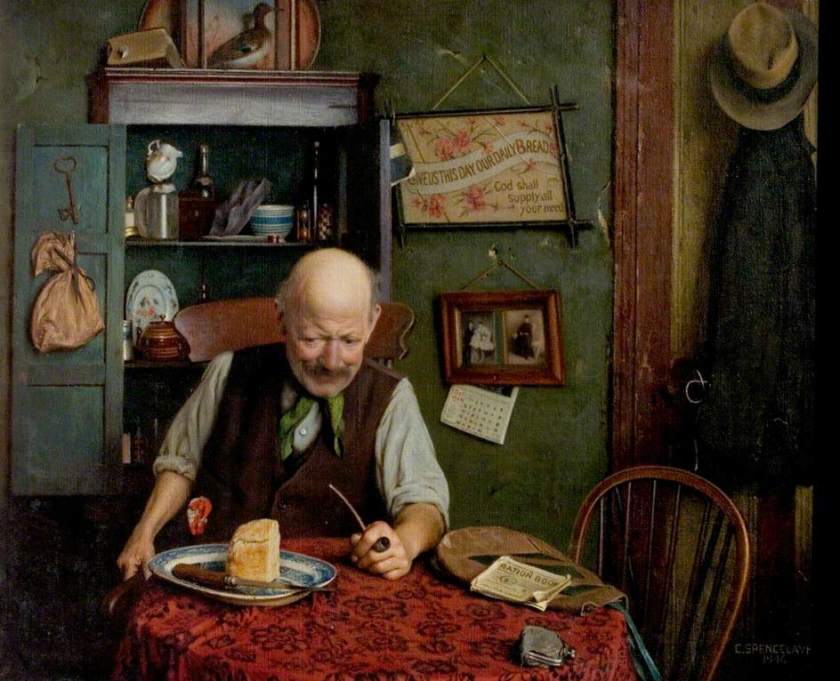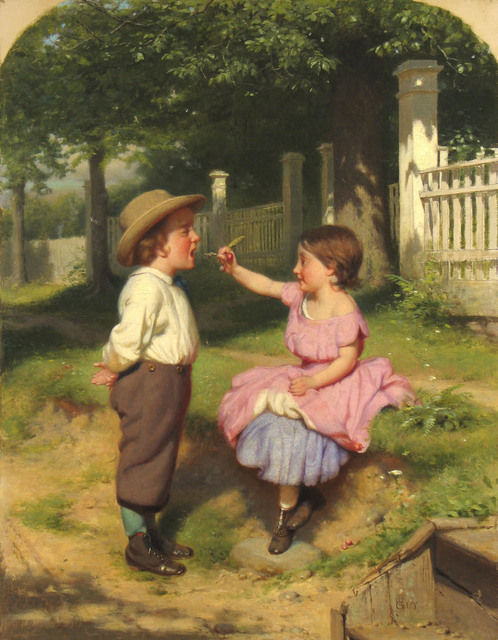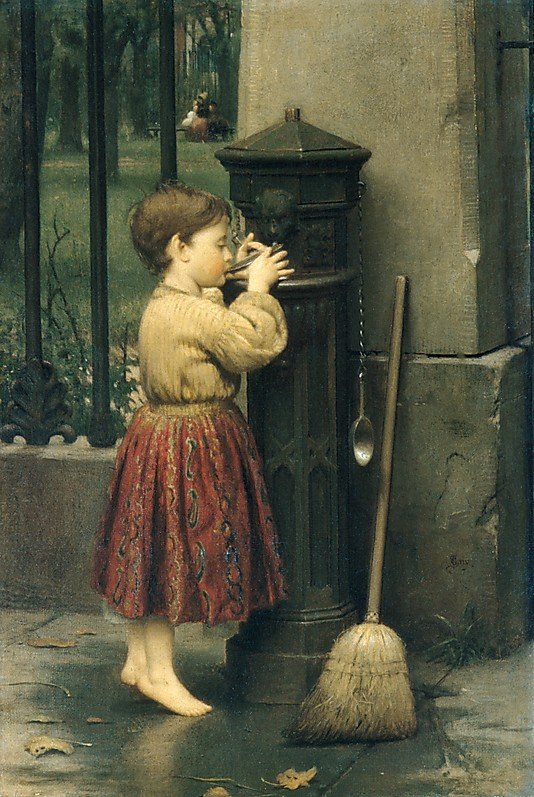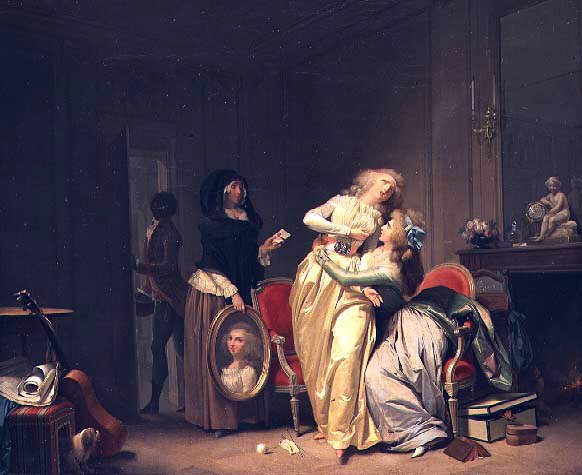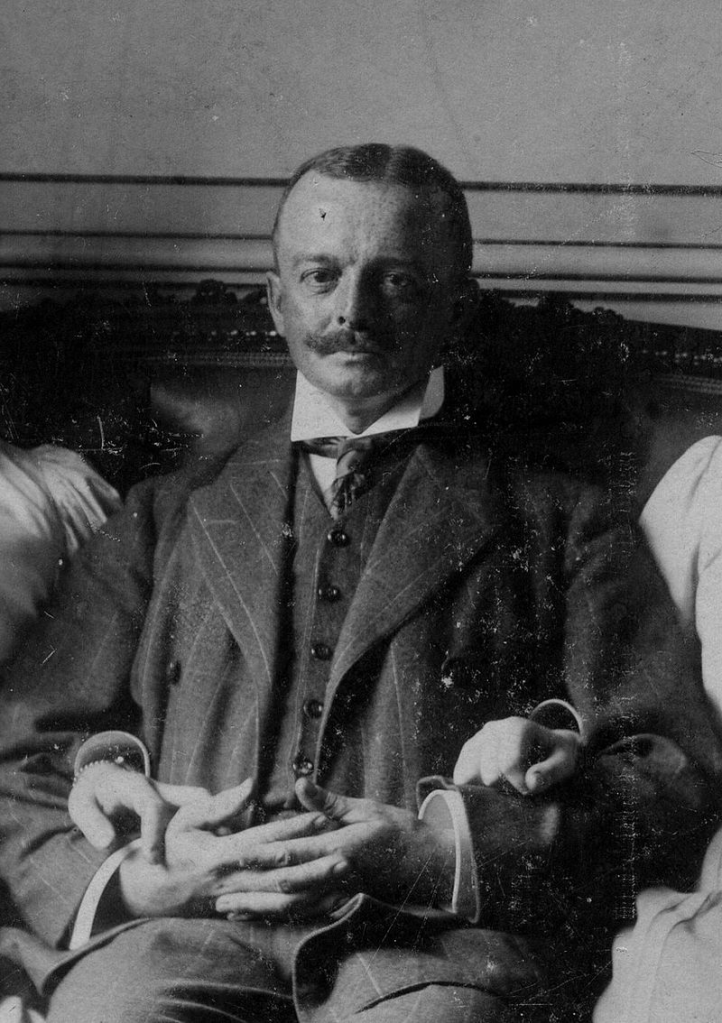
My featured artist today is Charles Frederick Ulrich, the late nineteenth-century realist painter of portraits and genre scenes who spent much of his life as an expatriate in Europe. He was born on October 18th, 1858 in New York, the son of a German émigré photographer and painter, Friedrich Ulrich and his wife, Caroline Ulrich (née Hartje) . Following his ordinary schooling, he studied at the National Academy of Design in New York and it is thought that he spent some time studying at the Cooper Union School of Art. From there, in October 1875, at the age of seventeen he crossed the Atlantic and travelled to Munich where he enrolled at the Royal Academy of Fine Arts in Munich. Here he learnt all about how to capture the subtle effects of daylight and became influenced by seventeenth century Dutch genre paintings as well as the genre paintings by contemporary German artists. In 1879 one of his paintings was awarded a bronze medal. His primary instructors were the German landscape and genre painter, Ludwig von Löfftz and the German history painter, Wilhelm von Lindenschmit. He also became friends with the American painter, John Henry Twachtman, who was a fellow student in Löfftz’s class and joined the circle of American-born artists who associated with Frank Duveneck in Munich and the Bavarian town of Polling. The two artists travelled together to Polling, Germany, where an American artists’ colony had formed and they signed the guestbook sequentially in the spring of 1876.
Around 1882 Ulrich returned to New York and began exhibiting his work at the National Academy of Design. The next five years were highly productive, resulting in most of the artist’s best-known works.
His first painting to be exhibited at New York’s National Academy of Design was his 1882 work entitled The Wood Engraver. It was hailed a resounding success by the critics who considered the painting to be “his best.” A New York Times review of the National Academy exhibition described the painting as:
“…a picture of a woman at work before a window engraving a wood block. It is excellently painted both in figure and interior by Charles Frederick Ulrich…”

His painting, The Wood Engraver signified a peak period of his career, and later he would produce a series of works depicting workers. It was a subject for which he is best known for.
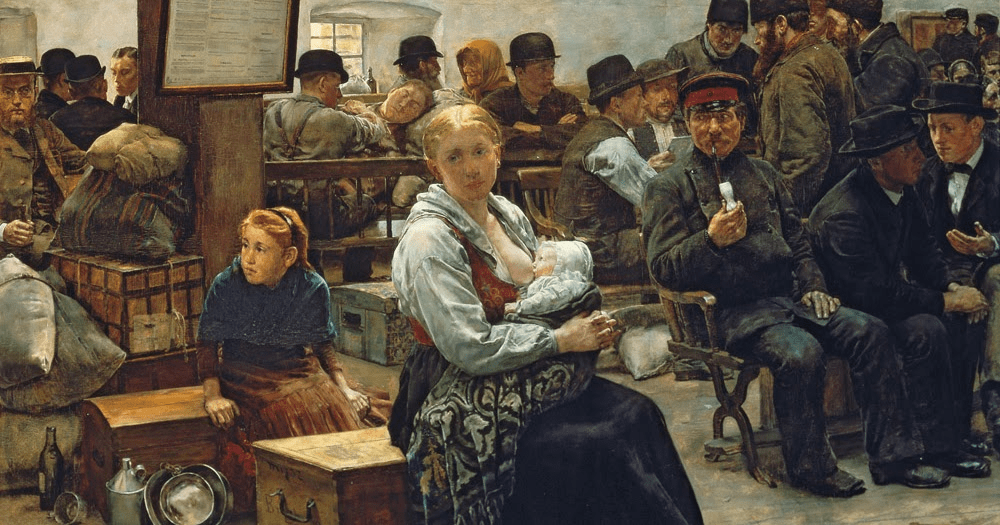
In 1883 he was elected an associate member of the National Academy. In 1884 Ulrich completed one of his most famous paintings entitled, In the Land of Promise—Castle Garden. Castle Clinton or Fort Clinton, previously known as Castle Garden, is a circular sandstone fort located in Battery Park, in Manhattan, New York City. Built from 1808 to 1811, it was the first American immigration station, where more than 8 million people arrived in the United States from 1855 to 1890. The painting depicts a scene in Castle Garden, and Ulrich has us concentrate on a young immigrant mother at the reception station. She is sitting on her trunk which probably contains all of her worldly possessions. She breastfeeds her baby as her daughter looks off to the left. Look behind the mother and daughter and you will see a bowler-hatted man tending to his ailing wife. Disease was rife in Castle Garden with cholera and smallpox being rampant in the crowded conditions, although it has to be said that in New York City itself, the conditions were no better. The centre was closed by the government due to cholera and smallpox epidemics and Castle Garden was replaced by another immigration resort that has become much more emblematic in collective memories, the small island of Ellis Island, where immigration services were active from 1892 to 1954

The painting, In the Land of Promise—Castle Garden, attracted the attention of Thomas B. Clarke, a lace and linen manufacturer who had become the country’s foremost collector of contemporary American art. Clarke was influential in numerous aspects of the New York art world, for he was treasurer of the National Society of Arts, chair of the Union League Club’s art committee, president of the New York School of Applied Design for Women, and a founding member of both the National Sculpture Society and the National Arts Club. Ulrich won the National Academy’s first Thomas B. Clarke Prize for Best American Figure Composition and as an expression of his gratitude, Ulrich painted the portrait of the collector.

In the mid 1880’s, Charles Frederic Ulrich built up a standing that was largely based on his small-scale genre scenes. One of example of this was his 1882 painting entitled An Old Fireplace which was often referred to as A Granny. The setting for this painting is believed to be the Ephrata Cloister, a historic German Anabaptist hermitage located west of Philadelphia which was founded in 1732. Ulrich’s austere depiction of the interior reflects the long history of Ephrata and is reinforced by the sitter’s old age and plain and simple dress. It depicts life there as it was during his own time with its original hearth converted into a simple kitchen.

In the summer of 1884, Ulrich returned to Europe and journeyed through Belgium and Holland. He had made this trip with fellow American artists, William Merritt Chase and Robert Blum. Ulrich and Blum became great friends over the next three years. Whilst in the town of Haarlem in the Netherlands, Ulrich completed one of his best known works, The Village Printing Shop, Haarlem. The setting for the painting is a spartan workroom illuminated by the light coming through an open window. Ulrich depicts a boy who has paused during his work to allow himself to take a drink of water. He stares at the blank wall in front of him and we wonder what is he thinking. In the background we see two men operating a platen printing press. Look how Ulrich has enriched the work with his attention to detail such as the ornament on the cast-iron stove. Look at the clutter on the tabletop in front of the boy, where a bottle of water and a chipped second cup are casually placed amidst stacked blocks of type and other printing-related paraphernalia.
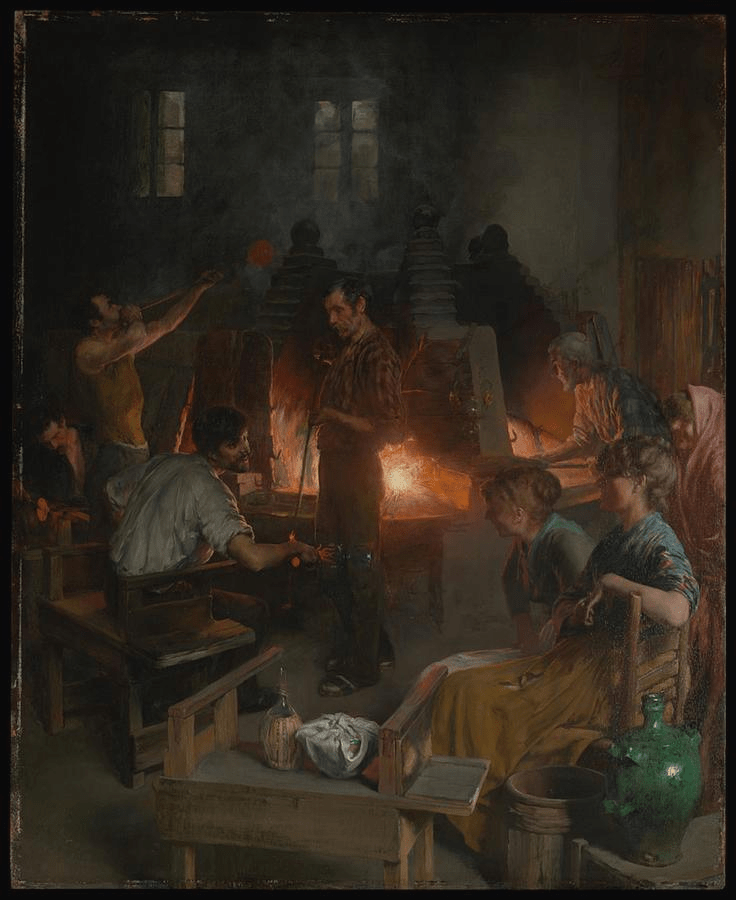
Ulrich left Europe and returned to New York in late 1884. He so enjoyed his time in Europe that he immediately started to plan another voyage to there the following year and this time he planned to remain for a longer period. It was not just his love of Europe that made him want to leave the shores of America but the lack of sales of his paintings. According to a critic of the era, his abrupt departure was due to his “proclaimed disgust at the sordidness of an unappreciative public, which refused to bankrupt itself in the purchase of over-priced pictures.”
Ulrich went back to Holland and then moved to Venice, where he established a home in 1886. It was here that he completed his painting, Glass Blowers of Murano which now hangs in the Metropolitan Museum of Art, in New York. Ulrich depicts workers blowing glass, a craft which was revived in Venice during the late nineteenth century. The setting for the work is the city’s glassmaking centre on the island of Murano. Murano’s reputation as a centre for glassmaking was born when the Venetian Republic, fearing fire and the destruction of the city’s mostly wooden buildings, ordered glassmakers to move their furnaces to Murano in 1291. Murano glass is still associated with Venetian glass. Ulrich’s was fascinated with artisan subjects which came at the time of the international Arts and Crafts movement, which valued old-fashioned handicraft rather than industrial production. Ulrich was awarded a substantial cash award in 1886 at the National Academy of Design’s second Prize Fund Exhibition. This indicated the degree to which an international taste had emerged in American art.
Although he maintained contact with Blum and Chase, organized exhibitions of American art in Munich in 1888 and 1892, and visited New York briefly in 1891, Ulrich remained in Europe. He exhibited at the London Royal Academy in 1889 and 1890, in Munich at the Glaspalast, and after 1893 at the Secession exhibitions. He contributed three works to the art display at the World’s Columbian Exposition in Chicago in 1893, but he focused mainly on showing his paintings widely in Europe. As a result, his work is now relatively little known in the United States. In 1897, in Munich, thirty-nine-year-old Ulrich married twenty-year-old Margarethe Oppenheim, the daughter of the banker, Hugo Oppenheim. The couple had one son, Charles Frederick Hugo Otto Ulrich, who was born on July 29th 1901.

In 1906, Ulrich’s name appears on the membership list of the Deutscher Künstlerbund, making him one of its earliest members. The aim of the Deutscher Künstlerbund (Association of German Artists) was to ensure the freedom of art, to offer a public forum for different artistic trends and to support young artists. These intentions were taken into account at annual exhibitions which took place in various German cities and sometimes in foreign countries.
Charles Frederic Ulrich died of pneumonia on May 15th 1908, aged 49.

